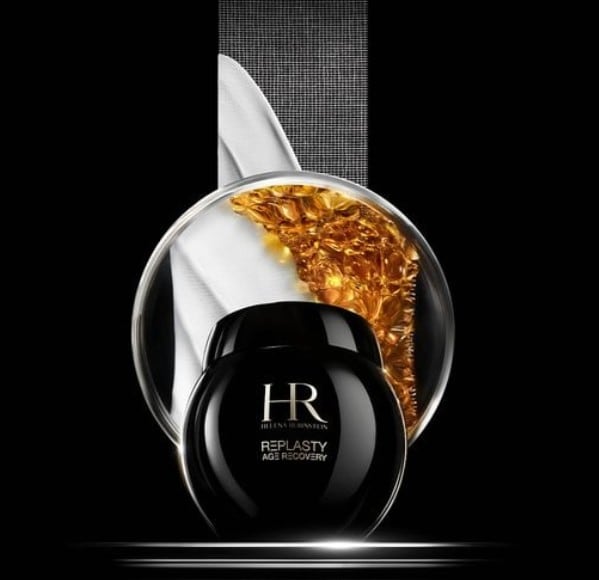Key takeaways
- Oral care is evolving from hygiene to holistic wellness, aligning with beauty trends.
- Demand for clean, safe ingredients is accelerating, driven by consumer concerns and regulatory changes.
- Innovations include plant-based whitening agents, AI-assisted dentistry, and hybrid beauty devices.
- Aesthetic preferences are shifting towards natural, harmonious smiles over artificial whiteness.
- Longevity dentistry and the ‘skinification’ of oral care are emerging as major trends.
Until recently, the oral care category has been relatively uninspiring in terms of innovation. However, that is about to change, driven by growing interest in dental wellness and increasing awareness of the long-term health effects of poor oral hygiene.
“Over the next year, there are opportunities for oral care brands to strengthen the connection between oral health and total health, blur with the beauty industry in more disruptive ways, and prioritise transparency around ingredient safety and efficacy,” said Rosalia Di Gesu, Associate Principal, Mintel Beauty & Personal Care Research.
“Ingredient-literate consumers will be doing their research on the best ingredients to include within their regime, but clarity and avoiding misinformation is paramount. Educating consumers on the relationship between oral health and systemic health, and pointing to the science around this, will be key to building trust.”
So, what will shape the category of the future? Here are six emerging trends to have on your radar:
1. Naturally elevated
“Patients are overwhelmed by before-and-after photos on social media and often come in with unrealistic expectations, especially around ‘perfect’ white smiles that lack natural dimension and harmony,” explained Dr Edoardo Felici, a dentist at the Apa Aesthetic clinic.
Felici predicted that this may lead to more people seeking balance and harmony over brightness going forward: “A beautiful smile is not the whitest one; it’s the one that belongs to your face. Harmony means matching shade to skin tone, respecting facial structure, creating proportions that feel effortless, and using translucency and texture to mimic nature. When a smile is too white, too opaque, or too uniform, it looks artificial.”
According to Felici, this change is already visible: “The highest demand is for minimally invasive aesthetic treatments. People are not looking for the same smile anymore — they want their own smile, just elevated.”
2. E-cigarette aftercare
Felici also observed a growing number of patients seeking treatment for the oral health effects of e-cigarette use. “Vaping often creates the illusion of being less harmful than smoking, but we’re now seeing an increase in dry mouth, which raises the risk of cavities, inflammation of the gums, accelerated enamel erosion, and changes in the oral microbiome linked to long-term gum disease,” Felici noted.
“Patients are becoming more aware of this, particularly younger demographics who vape socially. We’re also beginning to treat the aesthetic consequences, including loss of brightness, surface roughness, and an aged look to the enamel.”
3. Soft luxury
“Health and aesthetics are becoming part of the same conversation,” explained Felici. “We’re entering a phase of ‘soft luxury’ — beauty that looks effortless, natural, and intimately yours. A healthy smile in 2026 will be defined by natural tones rather than artificial whiteness, balanced proportions instead of exaggerated symmetry, and a focus on function and comfort as much as appearance.”
He noted how health is becoming beauty, and beauty is becoming wellness. “This is where the world is heading — especially in the realm of luxury,” he said.

4. Cleaner, safer ingredients
According to consumer data from Mintel, 29% of UK users of traditional toothpaste worry about the chemicals in toothpaste, which could lead to an increase in those seeking cleaner, non-chemical alternatives. “Titanium dioxide has been the go-to whitening ingredient in oral care for decades, mainly because there wasn’t a viable alternative that could match its performance,” explained Dr Lukas Schertel.
Schertel co-founded Seprify, a Swiss materials science company and spin-out from the University of Cambridge that recently developed SilvaLuma, a plant-based alternative to titanium dioxide for oral-care formulations. The ingredient, formulated from refined cellulose, offers the same whitening and opacity performance as TiO₂ while helping brands comply with evolving EU regulations and meet growing consumer demand for clean and biodegradable ingredients. The material is already being trialled by leading personal-care brands aiming to remove TiO₂ from their formulations.
“The recent ban of titanium dioxide in the food industry puts its use in oral care under threat. With SilvaLuma, we’ve been able to achieve comparable levels of brightness and opacity, while maintaining mouthfeel and formulation stability, using cellulose,” he explained. “For brands, it means they can keep the visual quality that consumers expect from products like toothpaste and mouthwash, while staying ahead of tightening regulations and growing demand for cleaner, safer ingredients.”
5. The beautification of oral care
Oral care may become the next category to be given the ‘skinification’ treatment. “Oral care can integrate into broader beauty narratives by embracing on-trend beauty/skincare themes like longevity and regeneration, while exploring the potential of emerging skincare ingredients like NAD+, PDRN and exosomes — exemplified by Belage Toothpaste with exosomes from human-adipose-derived mesenchymal stem cells,” explained Di Gesu.
Mirroring the current beauty trend for future-proofing the face, ‘Longevity dentistry’ focuses on the preservation of enamel and tooth structure for long-term oral health and wellness. Beauty brands may also expand into the oral care category. BarberBoss — who launched a range of men’s clippers and shavers in 2020 — has expanded its offering to include oral care products such as water flossers and electric toothbrushes.
6. Innovation + artistry – a collaborative approach
Felici said that while regenerative dentistry and AI are incredibly exciting, technology alone does not create beauty. “Luxury dentistry is craftsmanship — it’s the hand, the eye, and the sensitivity to proportion and material,” said Felici. “AI can support precision, and regenerative approaches can protect health, but the final smile is personal, emotional, and artisanal. The future is a fusion of innovation and human artistry, not a replacement of one with the other.”
Meanwhile, Di Gesu envisioned space for further innovation: “There’s room to be more disruptive with hybrid beauty device/smart toothbrush combos that enhance both oral health and facial aesthetics, inspired by YA-MAN’s Oral Lift electric toothbrush. The toothbrush uses Electrical Muscle Stimulation technology to stimulate facial muscles from inside the mouth, promising ‘lift care’ in the time it takes to brush teeth.”




